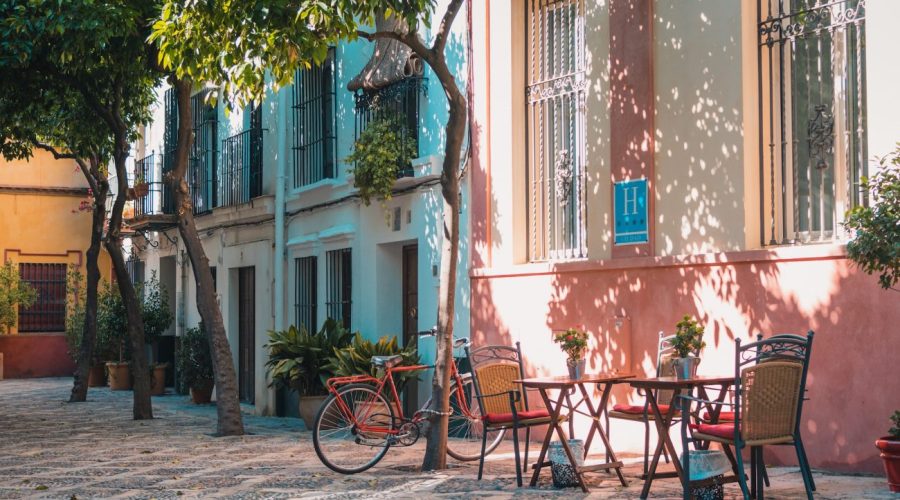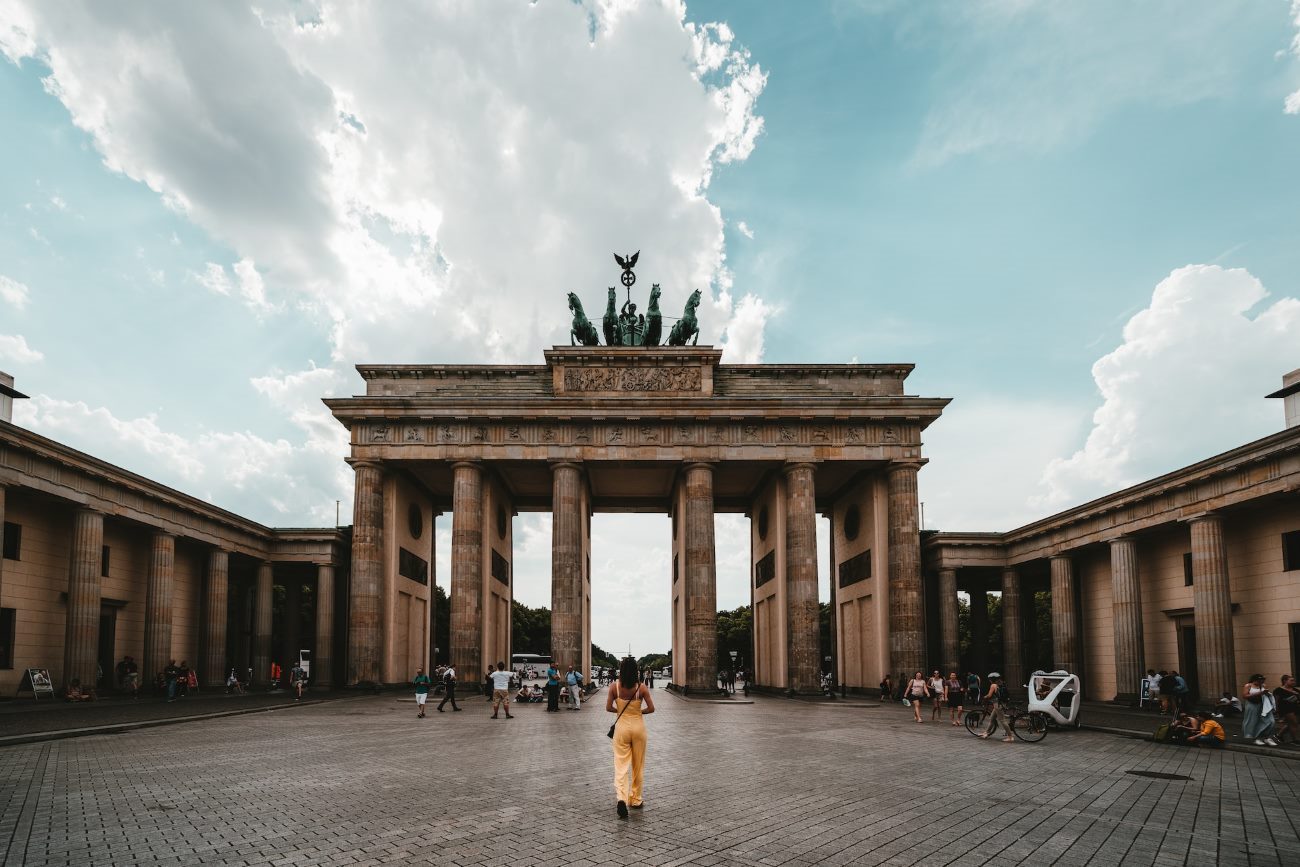Is Amsterdam Built on Water?
Introduction
The main attraction in Amsterdam consists of its distinctive and beautiful waterways which make up the Dutch capital city of the Netherlands. The city gains both attraction power and practical benefits from these tidal waterways. We will investigate whether all urban Amsterdam rests beneath aquatic foundations or if other facts exist.
The Origins of Amsterdam
During the late 12th century Amsterdam became a fishing settlement after its initial formation while maintaining its minimal scale as a settlement. During the Dutch Golden Age of the 17th century the city developers started constructing canals for developing trade and transportation networks across Amsterdam. The entire part of Amsterdam does not rest on water despite its association with water transport.
The Canal System
Several concentrated ring designs form Amsterdam’s canal system that surrounds its downtown core. The water management systems operated with exactly designed mechanisms to handle water levels while functioning as shipping routes. The main waterways in Amsterdam are made up of Herengracht and Keizersgracht and Prinsengracht along with Singel. The UNESCO World Heritage-listed Amsterdam Canal Belt achieves its recognition by combining the four main canals known as Herengracht, Keizersgracht, Prinsengracht, and Singel.
Polders and Land Reclamation
The entire city contains numerous water bodies yet extensive sections exist thanks to land activities that transformed ocean areas. The Dutch built Polders from originally waterlogged land by constructing earthen bank structures around it. Through their advanced hydraulic engineering knowledge the Dutch achieved water drainage of these territories and finally built inhabitable land there.
The Role of Water in Amsterdam
The development of Amsterdam stands indebted to water which remains central to its public works and cultural fabric. These are the main functions that water serves in Amsterdam:
Flood Control
The low elevation position of Amsterdam makes the city exposed to severe flooding risks. Critical flood prevention measures now exist in the form of dikes combined with flooding barriers to safeguard the region. The canals function naturally as flood control reservoirs which protect Amsterdam from widespread flooding during heavy rainfalls.
Transportation
When the city built its canals they served initially as transportation systems combined with commercial purposes. Boats and recreational watercraft use the canals for transportation purposes in their present-day operations. The canals serve as paths for boats and barges which makes the area bold and full of activity.
Tourism and Recreation
The canals fulfill their functional purpose and simultaneously attract numerous tourists. Wheeling boat tours and rental bicycle services and walking through the scenic streets by the water provide the typical Amsterdam canal experience to visitors. Restaurants and cafes throughout the city provide dining tables that let customers enjoy canal views.
The Future of Amsterdam’s Water Management
Amsterdam must plan for upcoming sea level rise which will occur because of climate change. The city continues its active work on establishing sustainable methods that help reduce potential risks together with adapting to evolving situations. The city has started various water management programs through implementing green roofs and water-absorbing pavement and developing floating construction concepts.
The city functions today on the legacy of its water management infrastructure even though Amsterdam does not exist entirely underwater. The attraction of experiencing Amsterdam’s beauty and charm centers on studying the waterways combined with their historic relevance.
Table of Contents



